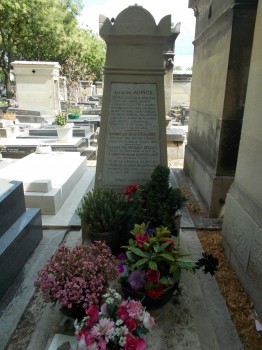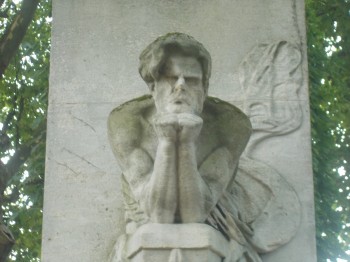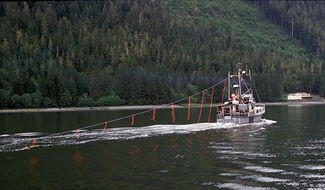Jean-Baptiste Thiebot (Centre d’Études Biologiques de Chizé,Villiers-en-Bois, France) and colleagues have published this month in the journal Aquatic Conservation: Marine and Freshwater Ecosystems on the threats the tiny population of Amsterdam Albatrosses Diomedea amsterdamensis faces from longline fisheries.
The paper’s abstract follows:
1. Industrial fisheries represent one of the most serious threats worldwide to seabird conservation. Death of birds in fishing operations (i.e. bycatch) has especially adverse effects on populations of albatrosses, which have extremely low fecundity.
2. The single population worldwide of Amsterdam albatross (Diomedea amsterdamensis) comprises only 167 individuals and risks considerable decline over the mid-term from additional mortality levels potentially induced by fisheries. The priority actions listed in the current conservation plan for this species included characterizing the longline fisheries operating within its range, dynamically analysing the overlap between albatrosses and these fisheries, and providing fisheries management authorities with potential impact estimates of longline fisheries on the Amsterdam albatross.
3. During all life-cycle stages and year quarters the birds overlapped extensively with fishing effort in the southern Indian and Atlantic oceans. Fishing effort, and consequently overlap score (calculated as the product of fishing effort and time spent by the birds in a spatial unit) was highest in July–September (45% of the hooks annually deployed). Just three fleets (Taiwanese, Japanese and Spanish) contributed to >98% of the overlap scores for each stage (72% from the Taiwanese fleet alone, on average). Daily overlap scores were higher for the non-breeding versus the breeding stages (3-fold factor on average).
4. Based on previous bycatch rates for other albatross species, this study estimated that longline fisheries currently have the potential to remove ~2–16 individuals (i.e. ~5%) each year from the total Amsterdam albatross population, depending on whether bycatch mitigation measures were or were not systematically employed during the fishing operations.
5. Recent bycatch mitigation measures may be instrumental in the conservation of the Amsterdam albatross. This study suggests three further key recommendations: (1) to focus conservation efforts on the austral winter; (2) to require all operating vessels to report ring recoveries; and (3) to allocate special regulation of fishing operations in the areas of peak bycatch risk for the Amsterdam albatrosses.”

Amsterdam Albatross off Amsterdam Island, photograph by Kirk Zufelt
Reference:
Thiebot, J.-B., Delord, K., Barbraud, C., Marteau, C. & Weimerskirch, H. 2015. 167 individuals versus millions of hooks: bycatch mitigation in longline fisheries underlies conservation of Amsterdam albatrosses. Aquatic Conservation: Marine and Freshwater Ecosystems DOI: 10.1002/aqc.2578 DOI: 10.1002/aqc.2578.
John Cooper, ACAP Information Officer, 13 August 2015

 English
English  Français
Français  Español
Español 








